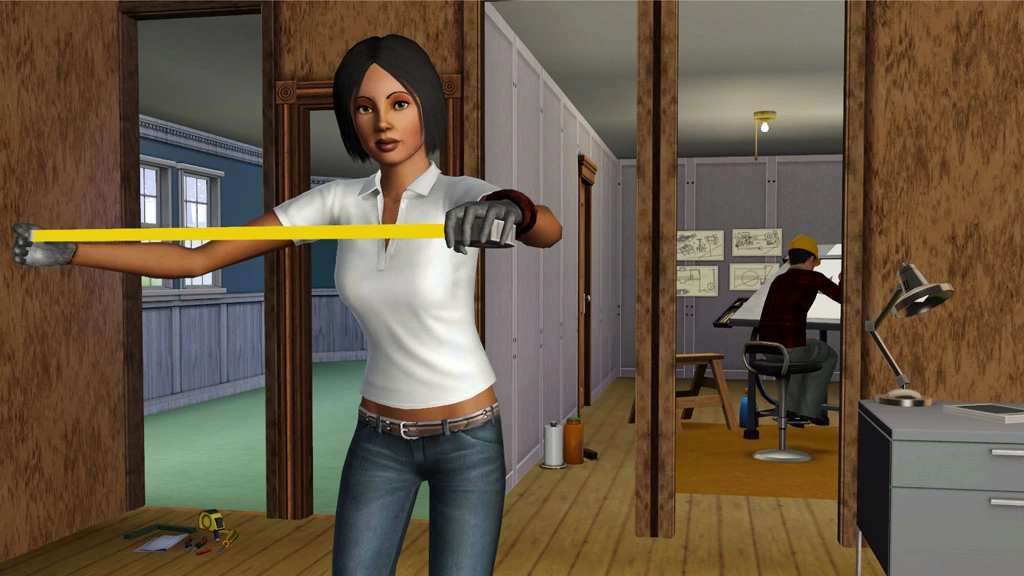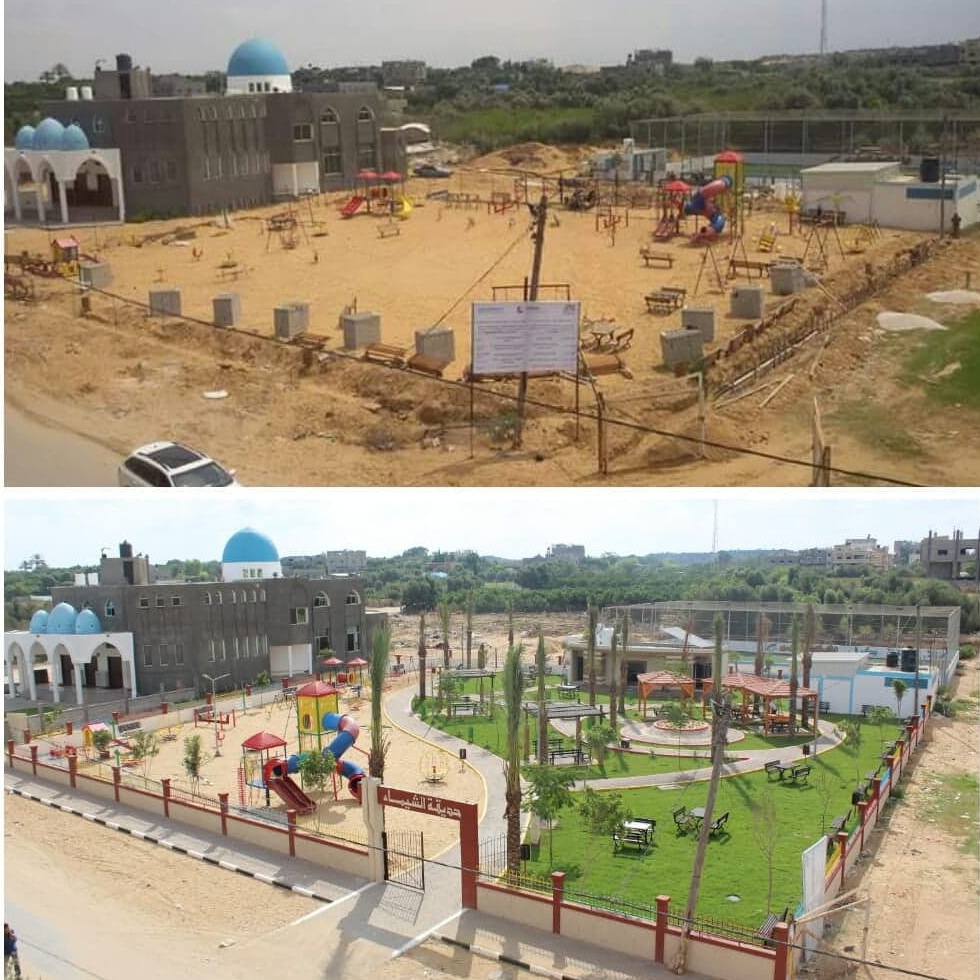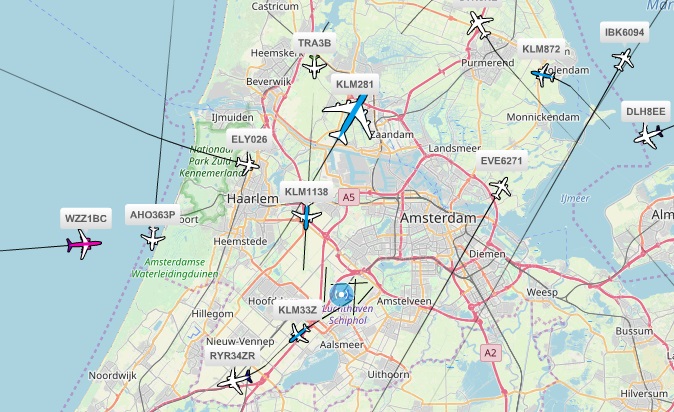Have you ever had the wish to be more included in the creation of the built environment around you?
I’m sure most of you played the popular video game The Sims at some point in your life, or at least heard of it before. Personally, I remember spending hours and hours playing it. On weekends I even got up extra early to be able to play for a little bit on our family computer before my parents would wake up. Unfortunately, our computer would always be extremely noisy, and it would take forever to load, so the time I had was very limited.
While the game itself was published as a life simulation game, in which you can create your own world of Sims and control everything about them, from their appearances to their personalities and interactions, the aspect that struck me the most was the ability it gave the user to build the environment around them. Tricking the system by using cheats (there has never been an easier way to become rich than using motherlode), I would let my creativity run wild and build everything according to my wishes, while occasionally drowning yet another Sim in their swimming pool.

Then, over a decade later, a professor in architecture school told us that The Sims was initially intended to be an architectural simulator. In fact, the entire aspect of inhabiting the game with AI characters only came about because creator Will Wright saw a necessity to include human life into the imaginary world of architectural design, which turned out to be a great success.
Similarities between architectural design and video game design
This actually makes a load of sense, if you look at the similarities between video games and architectural design, especially since almost all architects now use CAD programs (Computer Aided Design) for their designs.
Video games make use of a technique called environmental storytelling, which is basically the way for the creators to tell the story by arranging objects or elements in a specific way. This is achieved through the manipulation of four different aspects, namely space, construction, materiality, and light, which all have a big impact on how we perceive the space around us. While video games mostly use these features to suggest that some important event in the storyline is going to happen, in our everyday architecture they can largely impact our behavior and mental, as well as physical well-being.
Architectural design influences the way we move through space, where we feel drawn to, and how we interact and communicate with each other and our environment.
Good architectural design should consider not just the practicality, but also the psychology, in constant search for a solution that focuses on a community’s needs and their relationship to their surroundings. This approach is widely known as human-centered architecture and should be something we strive for.
What do video games have to do with human-centered architecture, you may ask?
Have you ever heard of the term participatory design?
Simply put, it defines a design process in which all stakeholders of one project are included in the planning and decision-making to come up with an outcome that best speaks to all those who will be impacted by it. During my research, I stumbled upon this interesting project that goes by the name Block By Block. Initiated in 2012 with pilot projects in Nairobi and Mumbai, the idea is to include community members who don’t usually get the chance to raise their voice in the planning process of their neighborhoods by visualizing their ideas in the computer game Minecraft.

Transformation of The Beit Lahia site into a colorful and inclusive community garden. Credit: UN-Habitat
Considering how accessible computer games like Minecraft or The Sims are, I feel like this could be a great way of rethinking the process of architectural design and including residents in that process. Because, in the end, architecture should serve the people in direct contact with it and not those who profit from it.
Links:
https://www.archdaily.com/974690/how-video-game-architecture-is-speaking-to-you
https://www.blockbyblock.org
https://www.gamedeveloper.com/design/environmental-storytelling
https://newsroom.unsw.edu.au/news/art-architecture-design/does-playing-sims-make-you-architect
https://www.retrogamer.net/retro_games90/the-making-of-the-sims/




Recent Comments